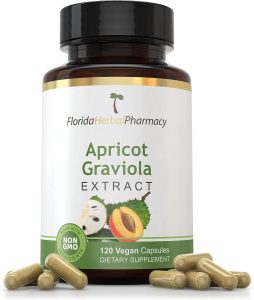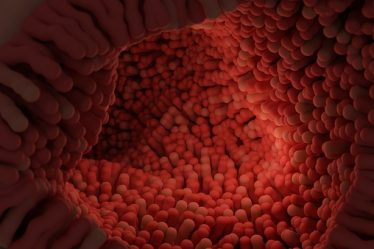
Introduction
Laetrile, also known as amygdalin or nitriloside, is a naturally occurring compound highly concentrated in apricot kernels and several other fruits. This substance has an ancient history dating back 3,500 years in Chinese medicine, where it was administered through bitter almonds for the treatment of tumors. In this article, we’ll journey through the historical use of Laetrile in cancer treatment, explore its working mechanism, its potential benefits, and consider concerns about its safety.
The Origins of Laetrile
Laetrile is primarily found in apricot kernels, constituting approximately 2-3% of the kernel composition. It’s also present in the kernels of plums, cherries, peaches, nectarines, and apples. Notably, the cyanide found in these fruit seeds is an organic variant and not the lethal inorganic cyanide. These kernels offer more than just Laetrile; they provide essential nutrients, including protein, unsaturated fatty acids, and various minerals. It’s fascinating to observe that the diet of primitive humans and many fruit-eating animals was abundant in nitrilosides, as they regularly consumed fruit seeds and kernels. However, modern dietary habits often discard these vital components, leading to specific nutritional deficiencies, including the absence of B17 (nitriloside).
Discovery of Laetrile
In the early 20th century, Laetrile was “rediscovered” by Dr. Ernest Krebs, a California physician experimenting with flavorings for bootleg whiskey. His son, Dr. Ernest Krebs, Jr., later purified and coined the name ‘laetrile’ in 1952. Research showed that Laetrile, or its natural form hydrocyanic acid, became selectively toxic to cancer cells when ingested in sufficient quantities. Dr. Harold Manner conducted studies in the early 1970s, combining enzymes, Vitamin A, and laetrile in treating cancer. The results were promising, with 89.3% of experimental animals experiencing complete tumor regression.
How Laetrile Functions
Laetrile’s intriguing mechanism of action involves its role as a parcel that contains poisons. These poisons are only released when the parcel is unwrapped. In the human digestive system, amygdalin is not digested by stomach acid but passes into the small intestine. There, enzymes break it into various compounds that are then absorbed. The critical function of laetrile is its impact on cancer cells. Normal cells possess an enzyme, rhodanase, which neutralizes the cyanide in the laetrile compound. In contrast, cancer cells lack this enzyme but have beta-glucosidase, which releases cyanide, effectively poisoning the cancer cells. Thus, Laetrile acts as a substance that releases glucose, benzaldehyde, and hydrocyanic acid, with the last two acting synergistically to poison cancer cells. Research indicates that beta-glucoronidase is the enzyme responsible for unwrapping the Laetrile package, and it is abundant around cancer cells but not in normal cells.
Laetrile Treatment and Dietary Measures
Laetrile therapy is most effective when accompanied by dietary changes, with a raw vegetable diet being a common recommendation. Such a diet is rich in dietary laetrile and contributes to the treatment’s overall success. Laetrile is present in various foods, making the controversy surrounding its medical acceptance even more puzzling. Between 1,200 and 2,500 plants contain laetrile, including cereals, fruits, and many vegetables. This ubiquitous presence hints at a hidden purpose in our diet.
Safety Considerations
Laetrile’s safety is a subject of debate. However, experiments with mice, including high doses over an extended period, have shown no significant harm. With an estimated 50,000-100,000 cancer patients taking over 1 million grams per month, only two or possibly three deaths from accidental overdoses have been reported. This data suggests that laetrile might not be as dangerous or toxic as once believed.
Administration of Laetrile
Laetrile can be administered orally or through injection. The typical oral dose ranges from 250-1,000 mg daily, with higher doses up to 3 grams divided into smaller doses. Intravenous injections are sometimes used, usually ranging from 3 grams a week to 9 grams a day for a limited period.
Conclusion
While the role of laetrile in reducing tumor size is debated, its selective toxicity to cancer cells is intriguing. The long-term impact may not be reflected in immediate tumor regression but rather in rendering the tumor unmalignant. When incorporated into a dietary regimen, laetrile offers a holistic approach to cancer treatment. The debate surrounding its use continues, but its historical significance and potential benefits in cancer therapy cannot be ignored.






